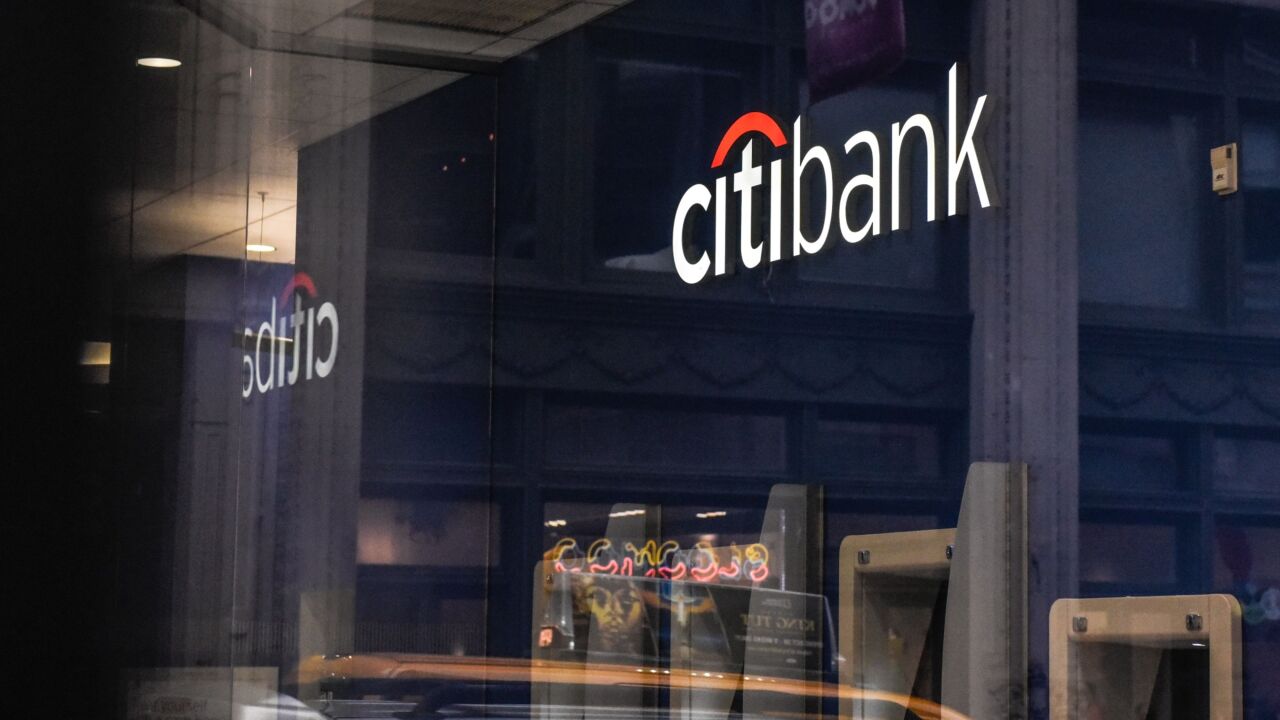As lawmakers move forward this week on another stimulus package, this one amounting to $484 billion so far, two conclusions seem inescapable at this point:
First, small-business owners — like many Americans right now — are staring into a finance abyss. Second, lawmakers seem to have very few ideas on what to do to repair a decimated economy.
Based on what’s known from the
Undoubtedly, a
This only reinforces the abovementioned second point: Only weeks after rushing the largest financial relief package in U.S. history into law, there has been a distressing torrent of outcomes that document just how shortsighted and sloppy the $2-trillion CARES Act really was.
Empty PPP coffers are just one example. There are others.
As promised, CARES allocated up to $1,200 for qualifying taxpayers, along with $500 for each dependent child. Some doubted this money would go far in helping out cash-strapped Americans, but it’s hard to know since
The CARES Act also included $260 billion to shore up unemployment benefits. However, the 22 million new unemployment claims filed in recent weeks have so overwhelmed
Despite this dismal report card, the CARES Act was not a complete failure. Congress did include
The PPP was one. So was the digital dollar.
Several lawmakers floated the idea but it was Sen. Sherrod Brown, D-Ohio, a ranking member of the Senate Banking Committee, who
Under his proposal, CARES money would have been distributed to consumers in the form of a government-sanctioned digital currency paid directly to financial institutions on behalf of consumers.
In order to participate, financial institutions would be required to offer consumers feeless accounts — free of minimum-balance requirements — that also provided standard banking features such as debit cards, online bill-paying, ATM access and mobile-friendly functionality.
In addition to helping ensure CARES money ended up in the hands of taxpayers, digital dollars would also serve an important secondary function: helping out roughly 20% of Americans now classified as underbanked or unbanked.
Instead of being forced to rely on price-gouging check cashiers, payday lenders, rent-to-own outlets and pawnshops, Brown’s bill would bring the unbanked into the financial mainstream.
For whatever reason, his initiative didn’t make the final draft of the CARES Act. Perhaps, some lawmakers believed the intricacies and technology required to make a digital currency a reality might be too much for the average American to comprehend. But this condescending viewpoint overlooks the fact that a
No matter, Brown’s idea continues to haunt the halls of Congress.
Most recently, Reps. Rashida Tlaib, D-Mich., and Pramila Jayapal, D-Wash.,
Argue all day about whether this additional aid is needed but including it in the bill almost guarantees any conversation about digital dollars will get buried under layers of partisan bickering.
Too bad, because the digital dollar is an idea worth exploring. Certainly other countries such as Canada, Sweden and Switzerland think so, as they’ve asked their
Unfortunately, rank-and-file lawmakers likely aren’t paying attention to such programs right now, and the Trump Administration has made clear its
So for the time being, Congress will continue to resort to its go-to solution whenever a crisis appears: throw trillions of traditional greenbacks at the problem. But, as seen in recent weeks, this rarely works out as hoped.





